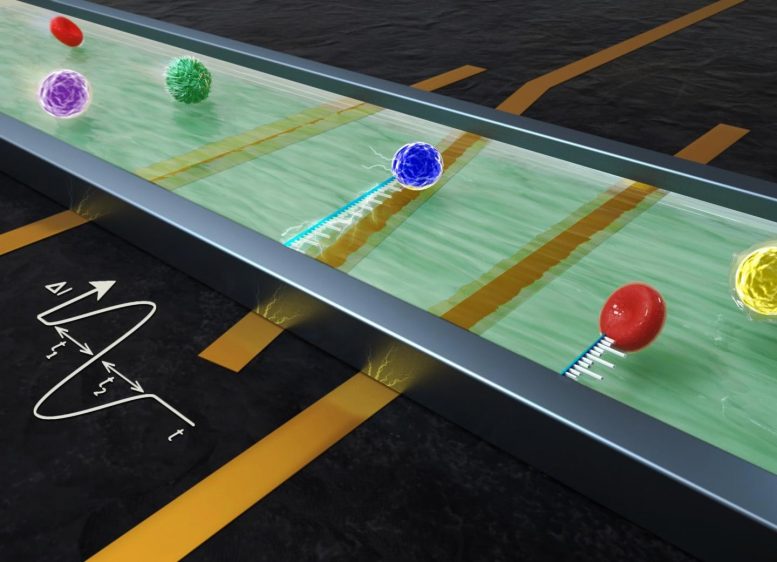
Schematic design of the electrical sensing region in the microfluidic impedance cytometry device. The lateral position of single particles or cells flowing through the N-shaped electrodes can be calculated from the electrical signal and the geometry relationship among the positions of the flowing particles, electrodes, and microchannel. Credit: SUTD
Tracking the lateral position of single cells and particles plays an important role in evaluating the efficiency of microfluidic cell focusing, separation, and sorting.
Traditionally, the performance of microfluidic cell separation and sorting is evaluated either by analyzing the input and collected output samples requiring extra multiple steps of off-chip analysis or the use of expensive equipment (e.g., flow cytometry), or by detecting the lateral positions of cells using an expensive high-speed imaging setup with intricate image processing algorithms or laborious manual analysis. Hence, there is a great need to develop a simple approach for the lateral position measurement of flowing particles.
In this study, a Singapore University of Technology and Design (SUTD) research team led by Associate Professor Dr Ye Ai’s developed a microfluidic impedance flow cytometry device for the lateral position measurement of single cells and particles with a novel N-shaped electrode design.
A differential current collected from N-shaped electrodes encodes the trajectory of flowing single particles. A simple analytical expression is derived for the measurement of the particle lateral position based on the relationship between the generating electrical current and the positions of the flowing particles, electrodes, and microchannel, eliminating the usage of expensive high-speed camera and computationally intensive image processing or laborious manual analysis.
Principal investigator, Dr. Ai said: “Compared to previously reported impedance-based microfluidic devices for measuring the particle lateral position, we have achieved the highest measurement resolution, highest flow rate, and smallest measured particle size (3.6 μm beads). On top of that, this method is more straightforward as the particle lateral position can be calculated directly from a simple analytical expression rather than using indexes, such as transit time and height of the signal peak, or using linear mapping with calibration coefficients to transform the index (i.e., the relative difference of the signal peak magnitude) to the electrical estimates of the lateral position.”
Reference: “Microfluidic impedance cytometry device with N-shaped electrodes for lateral position measurement of single cells/particles” by Dahou Yang and Ye Ai, 7 November 2019, Lab on a Chip.
DOI: 10.1039/C9LC00819E
This work has been published and was also featured on the cover of the November 7, 2019, issue of Lab on a Chip, a top-tier journal focused on research in innovative devices and applications at the micro- and nanoscale. SUTD graduate student, Dahou Yang participated in this research project. This work was supported by the Singapore Ministry of Education.

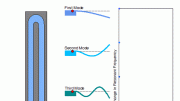
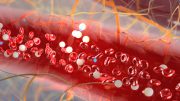
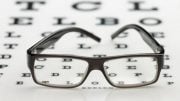
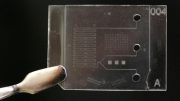
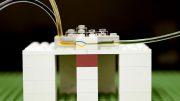
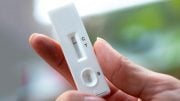
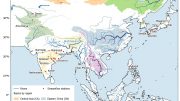
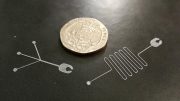
Be the first to comment on "Microdevice Simultaneously Measures Biophysical Properties and Position of Single Cells"